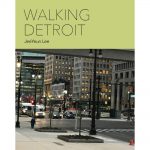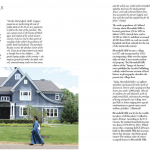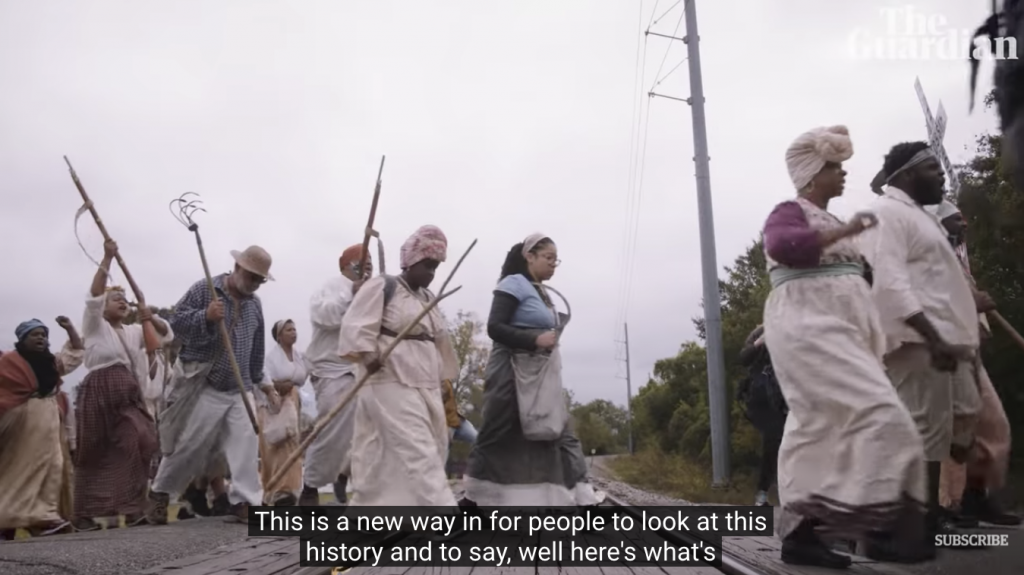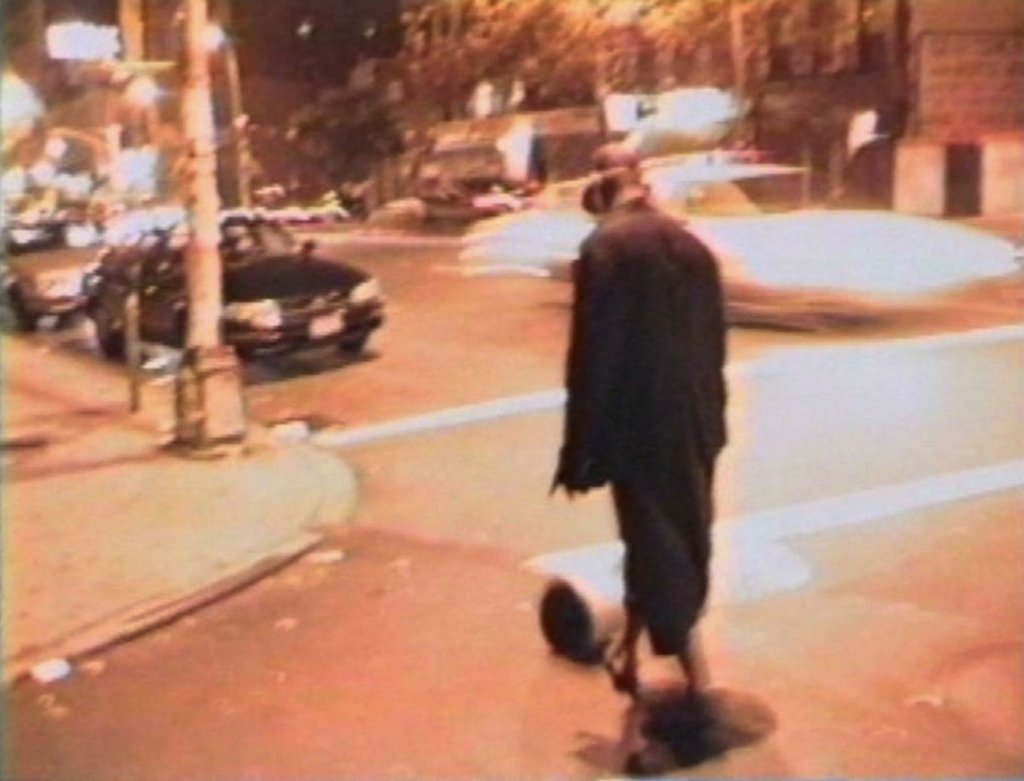John Schuerman is a Minneapolis-based artist and curator who took a walk around the Minneapolis 3rd police precinct in mid-July 2020. This was just a few months after the murder of George Floyd. Schuerman posted the following description and images from his walk on Facebook, forming a multi-faceted archive of the experience.
“A few days ago, I set out to walk the perimeter of the 3rd precinct in Minneapolis. After 20+ miles and 24 hrs I arrived back home, maybe wiser. It was a walking meditation on our community’s pain and roiling. I trace for you here a small part of my motional and emotional trip. The text below corresponds to the images in order as they happened.”
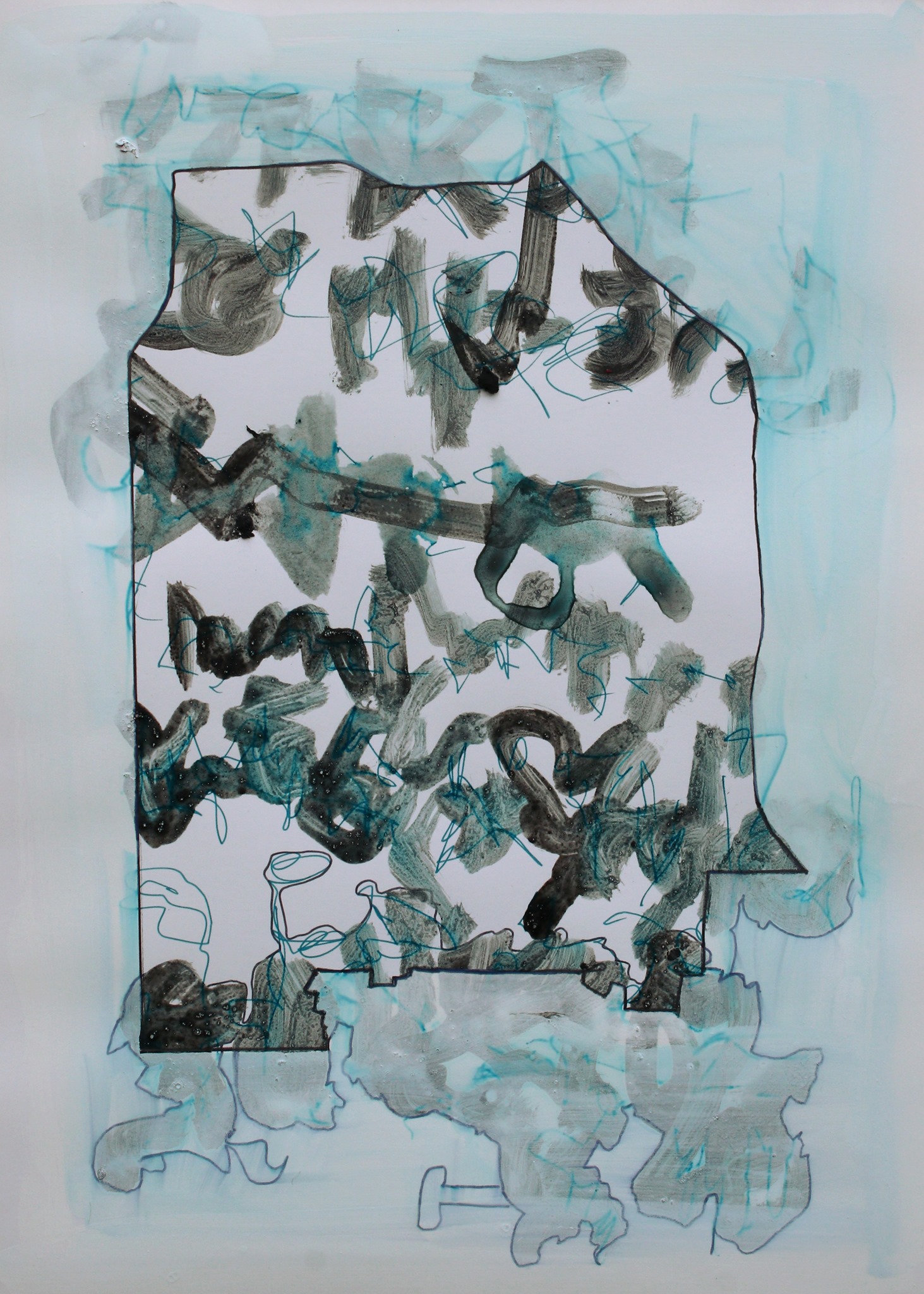
The Cauldron, arsonist ashes and ink on paper. The 3rd precinct contains the George Floyd murder site, ground zero for the mass-property destruction (Lake and Minnehaha), the two largest homeless encampments (Powderhorn, Minnehaha) and the soaring crime rates, free food stations, protests, street art, and more.
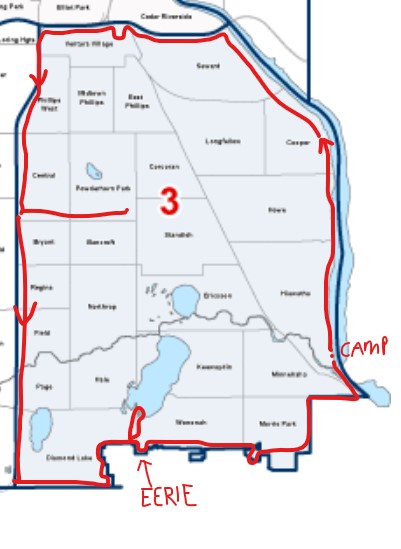
Map of my walk. (which encircled all my other recent walks)
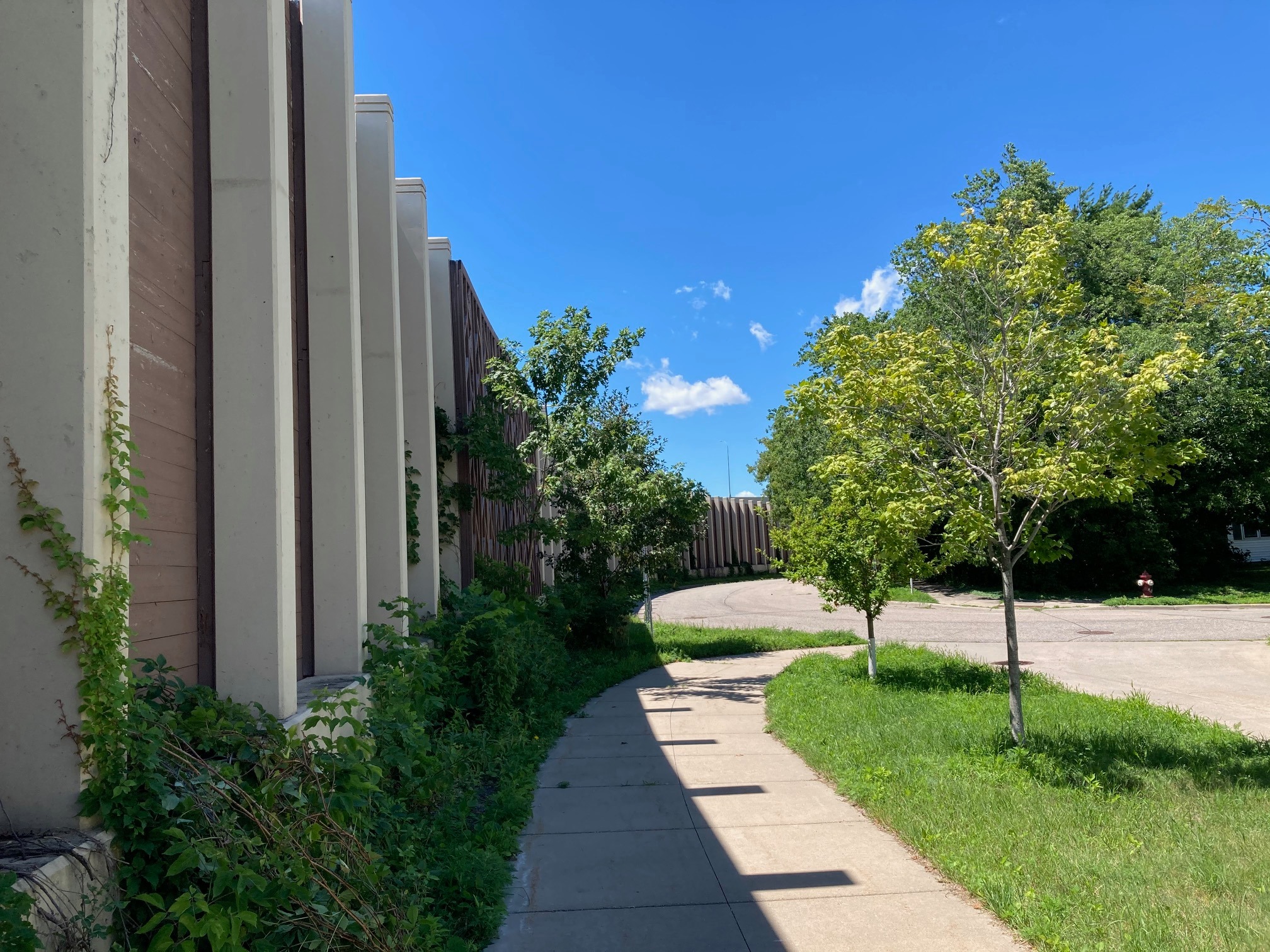
The Edgelands -Miles and miles of walls, highways and edgeland culture.
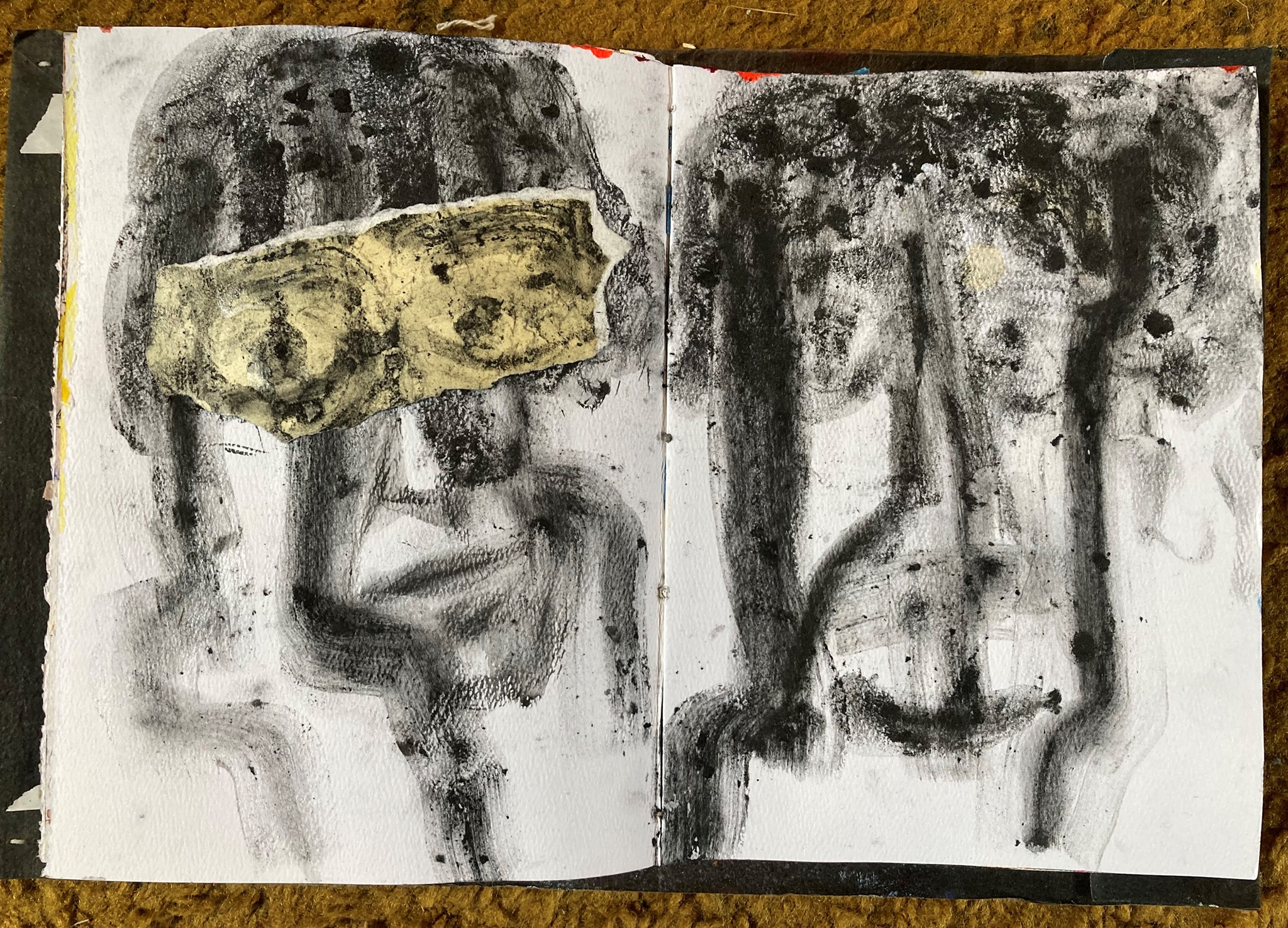
My Darkness, arsonist ashes on paper. Anxieties about water -due to COVID all public sources of water are closed, so I had to filter water from lakes and streams. Harshness of my surroundings, unnerving parts of the walk (places where I felt viewed with suspicion). Recalling my concerns and snippets from other walks. The vigilantes: “We don’t need luck, we got guns.” The homeless men: “Did so and so ever make it back?” “NO. he OD’d at the Center”. The Police Officer: “I wish I could help you but I can’t”, rape and gun violence in the encampments… I ask myself, ‘Why am I out here?’ it’s a dark feeling.
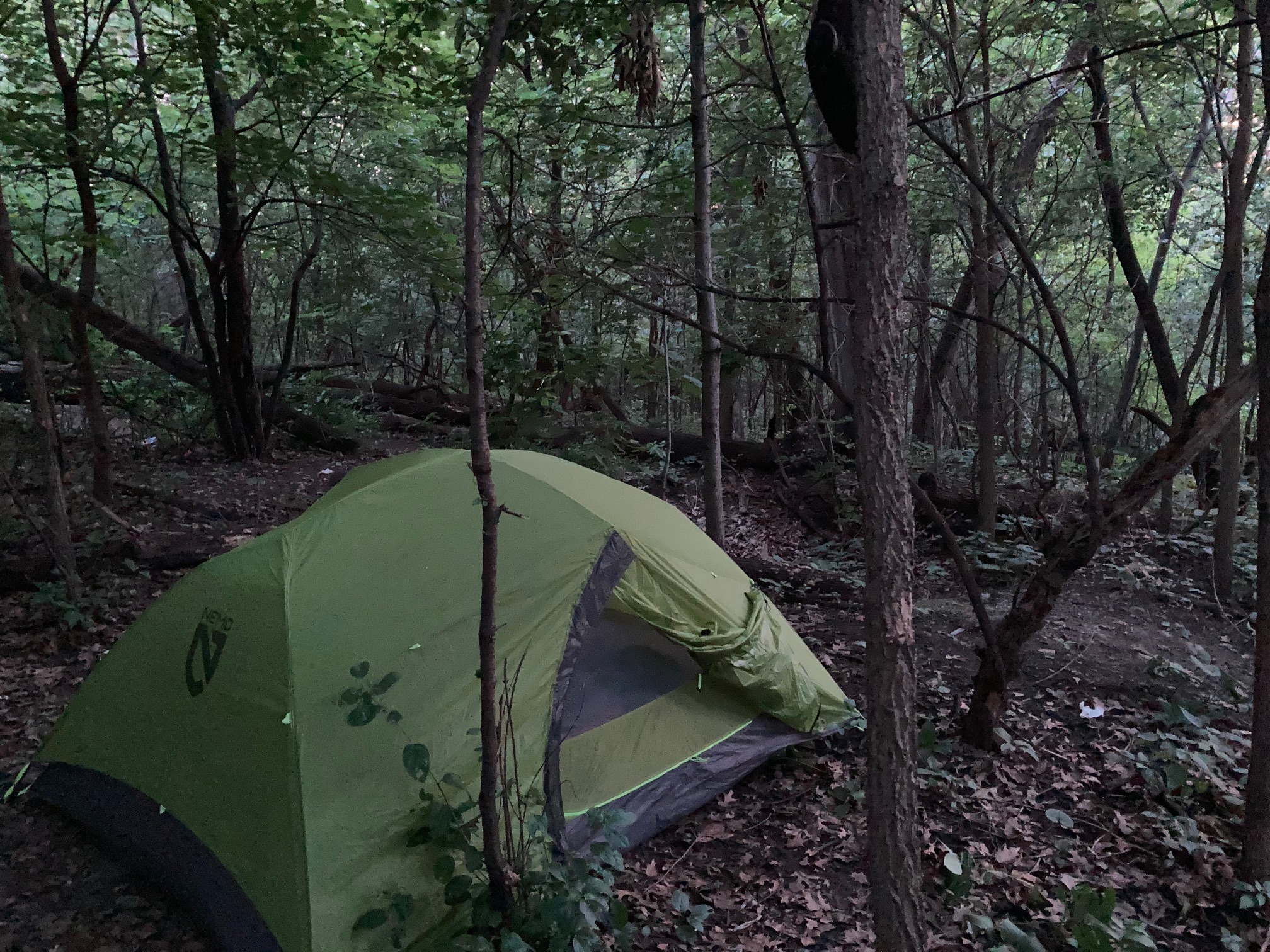
Camp, next to Ford Parkway. Former homeless campsite, they probably moved to the Minnehaha encampment I walked through. Careful. Sweaty, Anxious. Fireworks rain through the trees as I turn in. I hear gunshots as I wake at 4:30 am. Pack up, glad to be through the night.
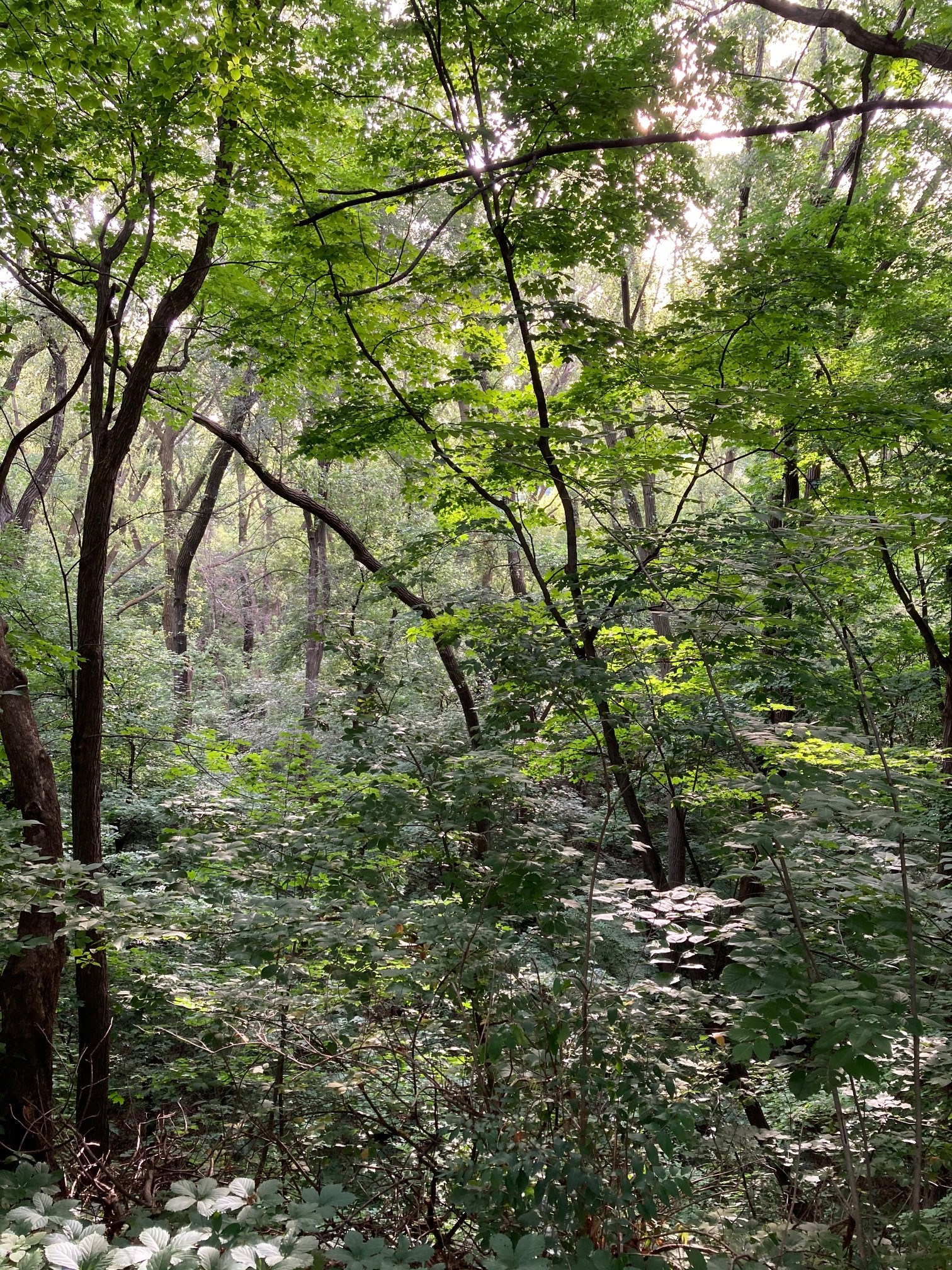
Beauty. The great river bluffs.
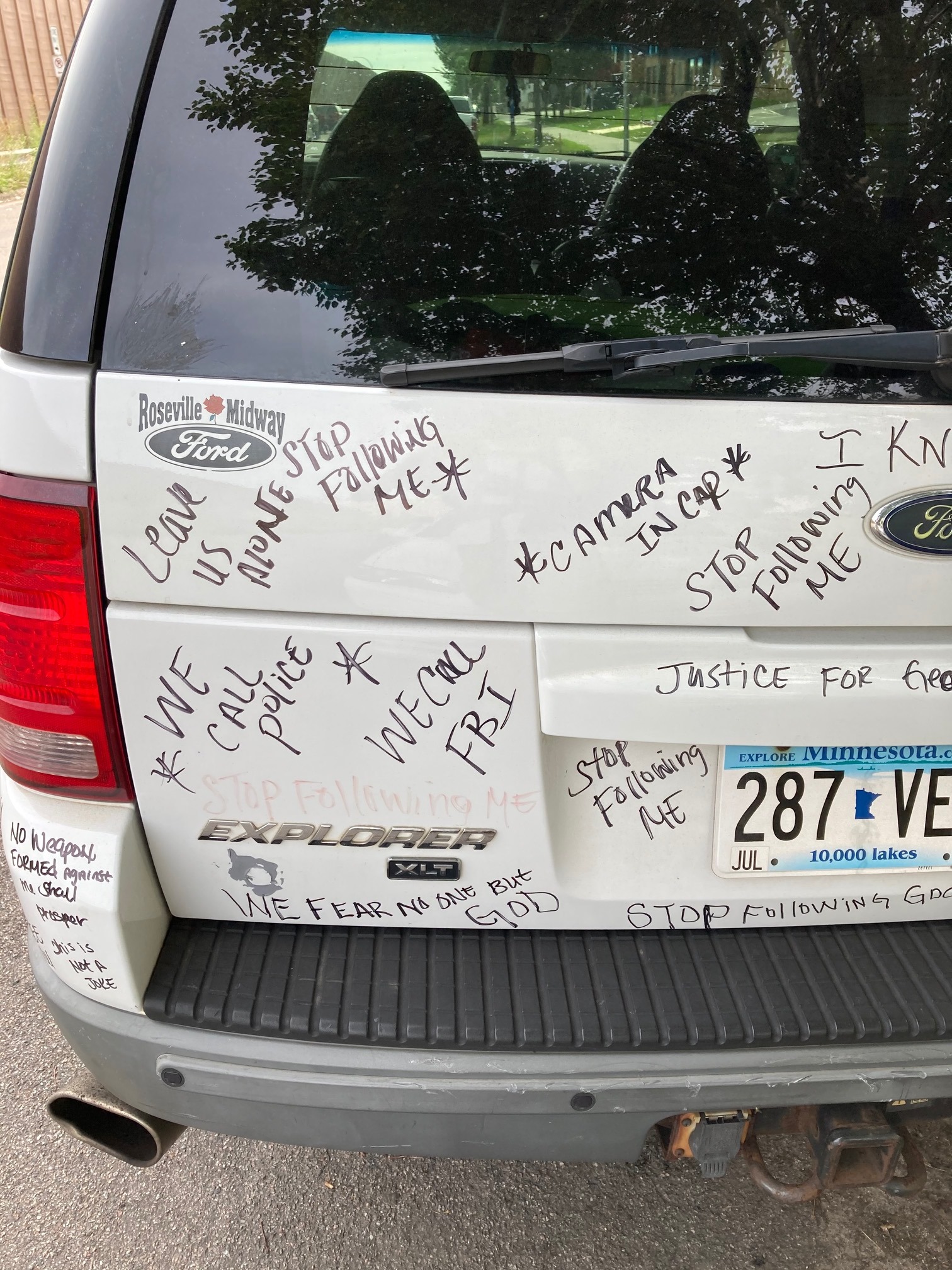
The city again. What do we do to one another? Why?
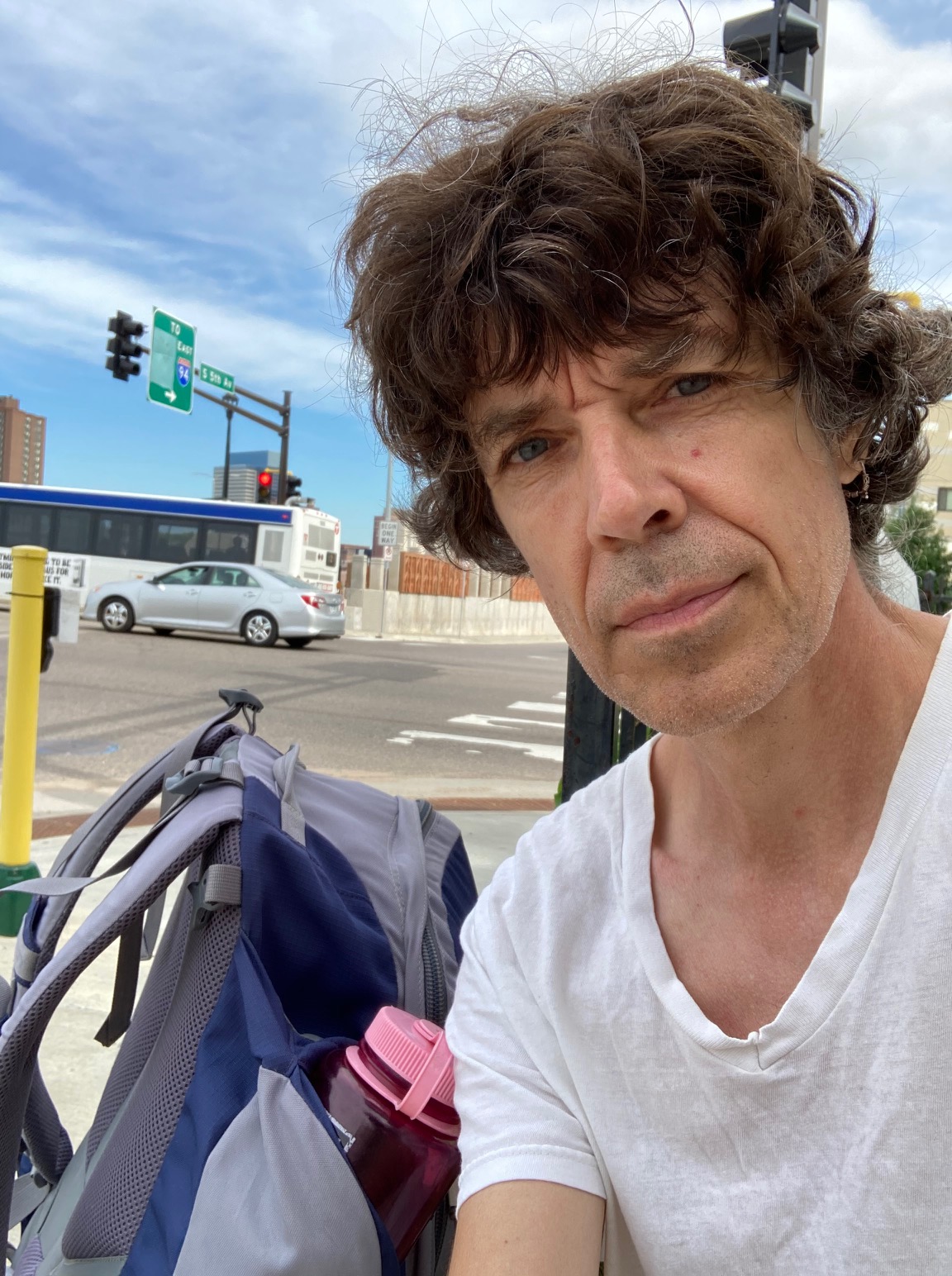
Familiar streets. I ease up. Franklin and 2nd ave. I walk on, pass another memorial. Two weeks ago the police found a man’s body in the street here, multiple gunshot wounds. Booze bottles, candles and trash mark the site.
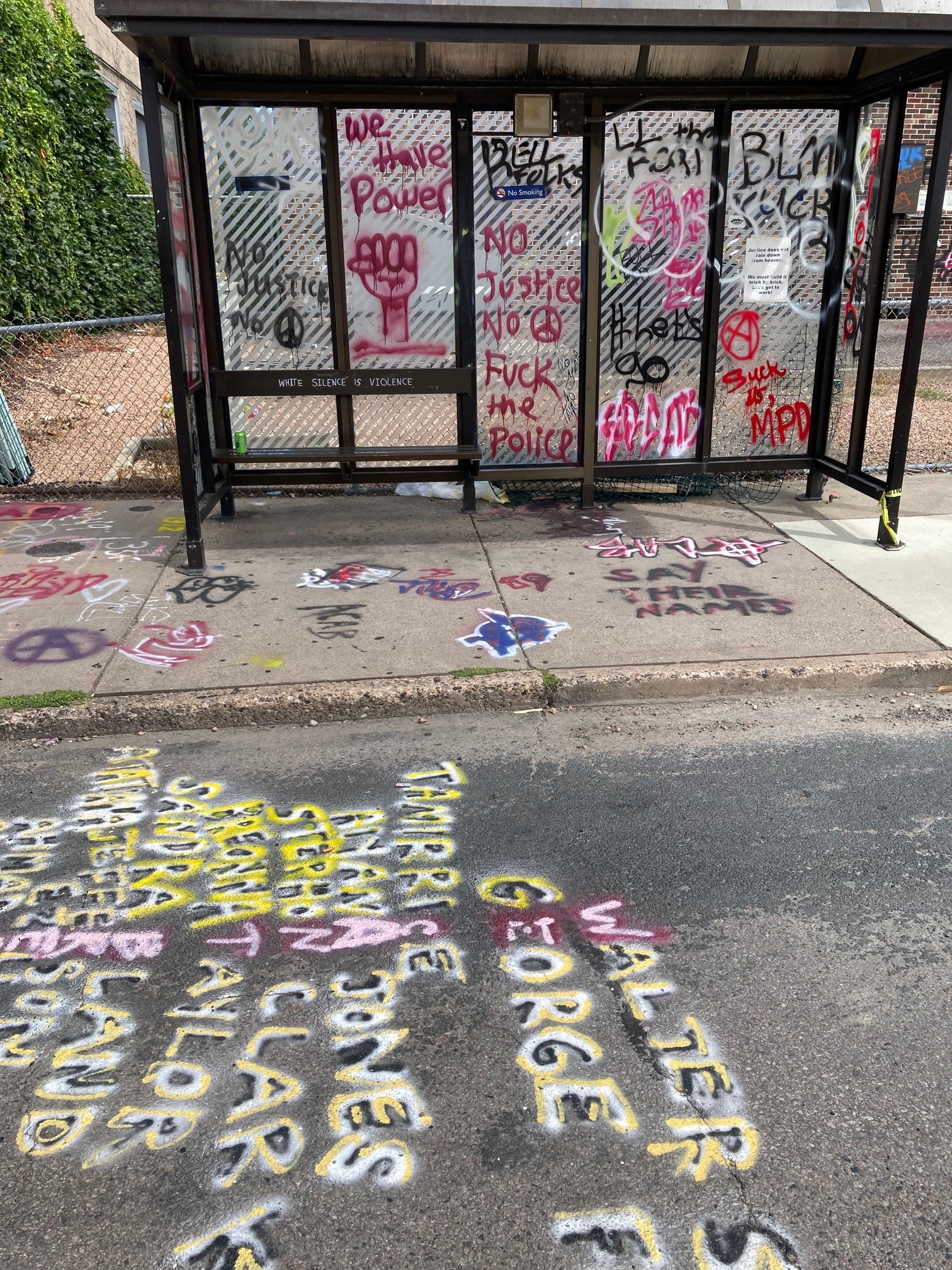
Almost home. 38th and Chicago
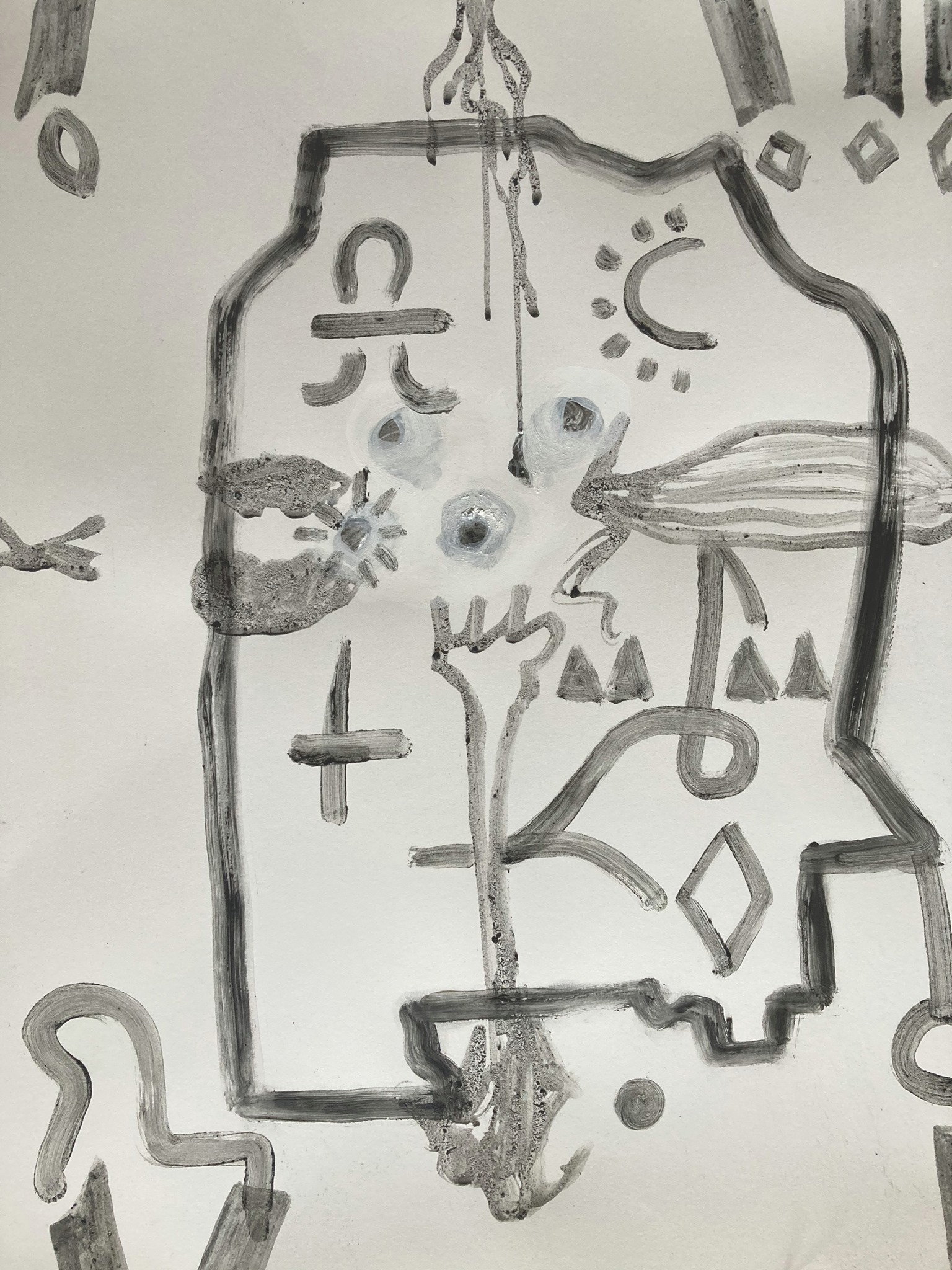
Hope, arsonist ashes on paper. Can we still the violent, smoldering container, and reform to a kinder more equitable society? I hope but don’t feel hopeful. I hope our civic leaders will think hard and find wisdom, and if they do not, we vote them out no matter their politics. I felt like I had to do this walk. It wasn’t pleasant, but it was real. I took some risks to reckon with things. I’m left with many questions. How much safer was I on this walk because I’m male? Because I’m white? Will dis-empowering and demonizing the police lead to more violence in the long run as it has in the short run? Can police reform happen with a corrupt union in place? (a problem not exclusive to the police). Is America capable of working for its collective? or are we bound to a culture of self-interest? Am I?
